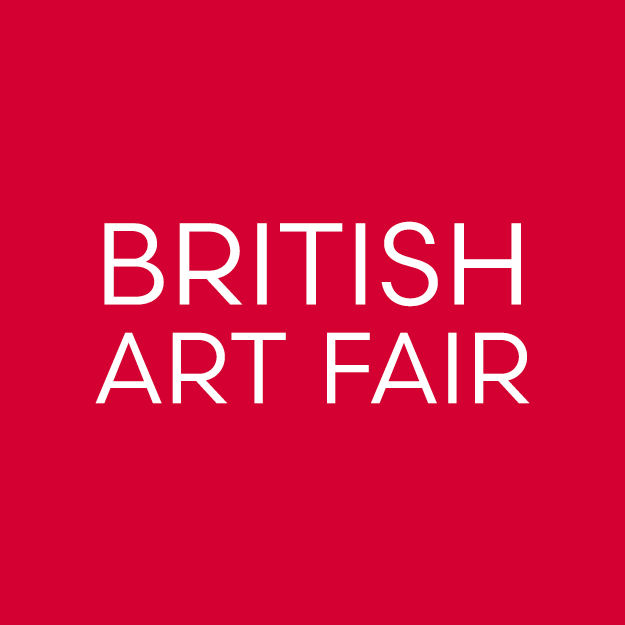Great female artists
It’s time to give contemporary women artists a fair crack of the whip.
I wonder what the second-wave feminist art critic Linda Nochlin would have thought about the recent spate of UK exhibitions re-examining the contribution of 20th-century women artists to the history of art.
Let’s have a recap: in the last two years we’ve seen Women in Revolt at Tate Modern, Now You See Us at Tate Britain, and exhibitions shining a light on hitherto underappreciated artists such as Tirzah Garwood (Dulwich Picture Gallery, on until May 26), Mabel Nicholson (The Grange, Rottingdean), Dora Carrington, Gwen John (both Pallant House), Leonora Carrington (Newlands House Gallery) and Patricia Preece (Charleston in Lewes). Vanessa Bell has enjoyed a major retrospective at the MK Gallery, which has just moved on to Charleston in Lewes (on until September 21). Linda Holt, who put her career on hold for three decades so she could facilitate that of her husband David Bomberg, is about to be (posthumously) given her first solo show since 1981 at the Brooke-Walder Gallery (March 29-April 26).
Vanessa Bell, Street Corner Conversation, private collection, photograph © Colin Mills. Courtesy of The Charleston Trust
Lilian Holt, Brides Head (Dinora), 1948, Oil on Board, 103.5 x 74 cm. Courtesy Brooke-Walder Gallery
Tirzah Garwood, Portrait of Peggy Angus, 1949, oil on canvas, 54.7 x 64.7 cm, private collection. Courtesy of Dulwich Picture Gallery
Katy Hessel, The Story of Art Without Men, 2022.
Encouraged by the phenomenal success of critic Katie Hassel’s book The Story of Art Without Men, and several other books in a similar vein, critics have generally been very enthusiastic, eager to spin out an increasingly familiar narrative. The media can’t, it seems, get enough of women artists who were underrated or overshadowed in their lifetime. And rightly so. But are we in danger of overkill? Might telling the same story over and again be counterproductive? Could we become prone to a reactionary critical backlash? Is this fashion for retrospective equity detracting from what should be more of a priority: making sure today’s women artists get a fair crack of the whip?
Nochlin, of course, penned the seminal 1971 essay Why Have There Been No Great Women Artists? blaming the patriarchal nature of the art establishment over many centuries for the fact that, in her words: ‘There are no women equivalents for Michelangelo or Rembrandt, Delacroix or Cezanne, Picasso or Matisse, or even, in very recent times, for de Kooning or Warhol’.
For this, she blamed social expectations on women (not least that of rearing a family), institutional barriers (such as women being banned until the 20th century from life-drawing classes), the critical myth of the ‘male genius’, and, most of all perhaps, structural inequality, whereby the art world’s gatekeepers have always favoured male artists.
The title of the essay may be provocative, but it wasn’t intended as ironic, although the author does add that ‘there have been many interesting and very good [women artists], who remain insufficiently investigated or appreciated’. She acted on that observation by co-curating a 1976 exhibition, Women Artists: 1550–1950, showcasing 83 female artists from 12 countries, including Sofonisba Anguissola, Artemisia Gentileschi, Berthe Morisot, Georgia O'Keeffe, Frida Kahlo and Käthe Kollwitz. The show was a financial and critical success, attracting over 140,000 visitors as it toured between four major venues in the United States. It was a game changer.
Or was it? Nearly fifty years on, the statistics still aren’t looking very good. While around three quarters of students in the UK’s art schools are female, a recent report by CREATe (Centre for Regulation of the Creative Economy) suggests that women artists in Britain earn on average 40% less than their male counterparts. While 48% of the UK’s commercial gallery directors are female, male artists are still overwhelmingly overrepresented on their walls. And Artsy’s The Women Artist Market Report 2024 found that just 24% of enquiries for on-sale artworks were for pieces by women artists, alive or dead.
When, however, that Artsy report narrowed the data to include contemporary artists, that figure rose to 35%, and when they included only Gen Z artists (born in or after 1997) they found the figure had risen to an encouraging 51%. The art world may still be overshadowed by patriarchal values, but the art market is, as it always has been, driven by commercial imperatives, so expect a big move in the right direction. There have, after all, been several recent indicators that the art establishment is readjusting its traditional bias. The 2023 inauguration of the annual Women in Art Fair at the Mall Galleries – the first of its kind in the UK – was a huge boost for the morale of contemporary female artists. In last year’s rehang, Tate Britain ensured a 50-50 parity between living male and female artists. Even the RA chose last year to dedicate a major exhibition to a female artist for the first time in its long history, and a living artist at that, Marina Abramovic.
The conclusion of Linda Nochlin’s 1971 essay, often forgotten, is something of a call to arms: ‘What is important is that women face up to the reality of their history and of their present situation, without making excuses or puffing mediocrity.’ In other words, let’s attend to present inequality, rather than focussing too much on rewriting the past. And let’s hope that, in the latter half of the 21st century, retrospective exhibitions of Britain’s contemporary female artists, such as Tacita Dean, Tracey Emin, Rachel Whiteread, Cornelia Parker (or, to move down a generation or two, Olivia Sterling, or Sandra Poulson, or Areena Ang) don’t dwell on the fact they were overshadowed, or underrated, but that they achieved the success their talent deserved.




